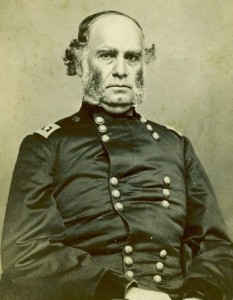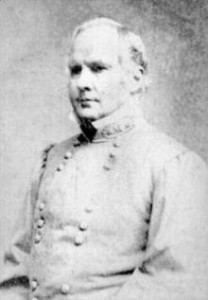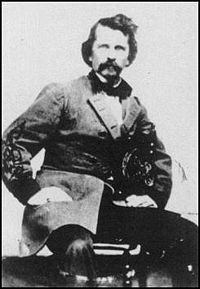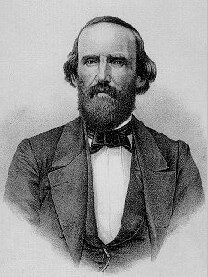March 11 —

On this day in 1862, President Abraham Lincoln issues War Order No. 3, a measure making several changes at the top of the Union Army command structure. Lincoln divided the war into sections and created three departments, placing Henry Wager Halleck in charge of the

West, John C. Fremont in command of troops in the Appalachian region, and George McClellan in charge in the East.
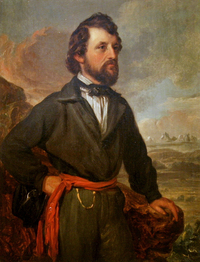
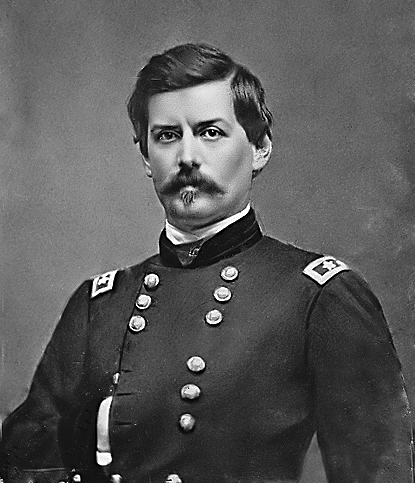
The most significant change in the order removed McClellan from his post as general-in-chief of all Union armies, though he retained command of the Army of the Potomac, the most important Union force. McClellan had assumed leadership of that army after it was defeated at the First Battle of Bull Run, Virginia, in July 1861. He quickly installed an efficient command structure and began training an effective fighting force. Three months later, Lincoln elevated McClellan to general-in-chief. However, the relationship between the president and his commanding officer was strained and some-times contentious. The arrogant McClellan was contemptuous of the president and often ignored Lincoln’s communica-tions or kept information from him. McClellan was stretched thin as general-in-chief, and even he recognized this fact. He was bothered by the March 1862 demotion, but wrote to Lincoln that he would “work just as cheerfully as ever before, and… no consideration of self will in any manner interfere with the discharge of my public duties.” For McClellan, this was a rare show of grace and deference towards Lincoln. The move allowed McClellan to spend more time planning his upcoming campaign against the Confederate capital at Richmond, Virginia.
For a time, there was no general-in-chief, and the three regional commanders reported to Secretary of War Edwin Stanton. The post did not stay empty for long, though, as Halleck was elevated to general-in-chief five months later.
To purchase a signed copy of Larry Auerbach’s novel “THE SPIRIT OF REDD MOUNTAIN”, Click Here
Photo courtesy of wikipedia.com


